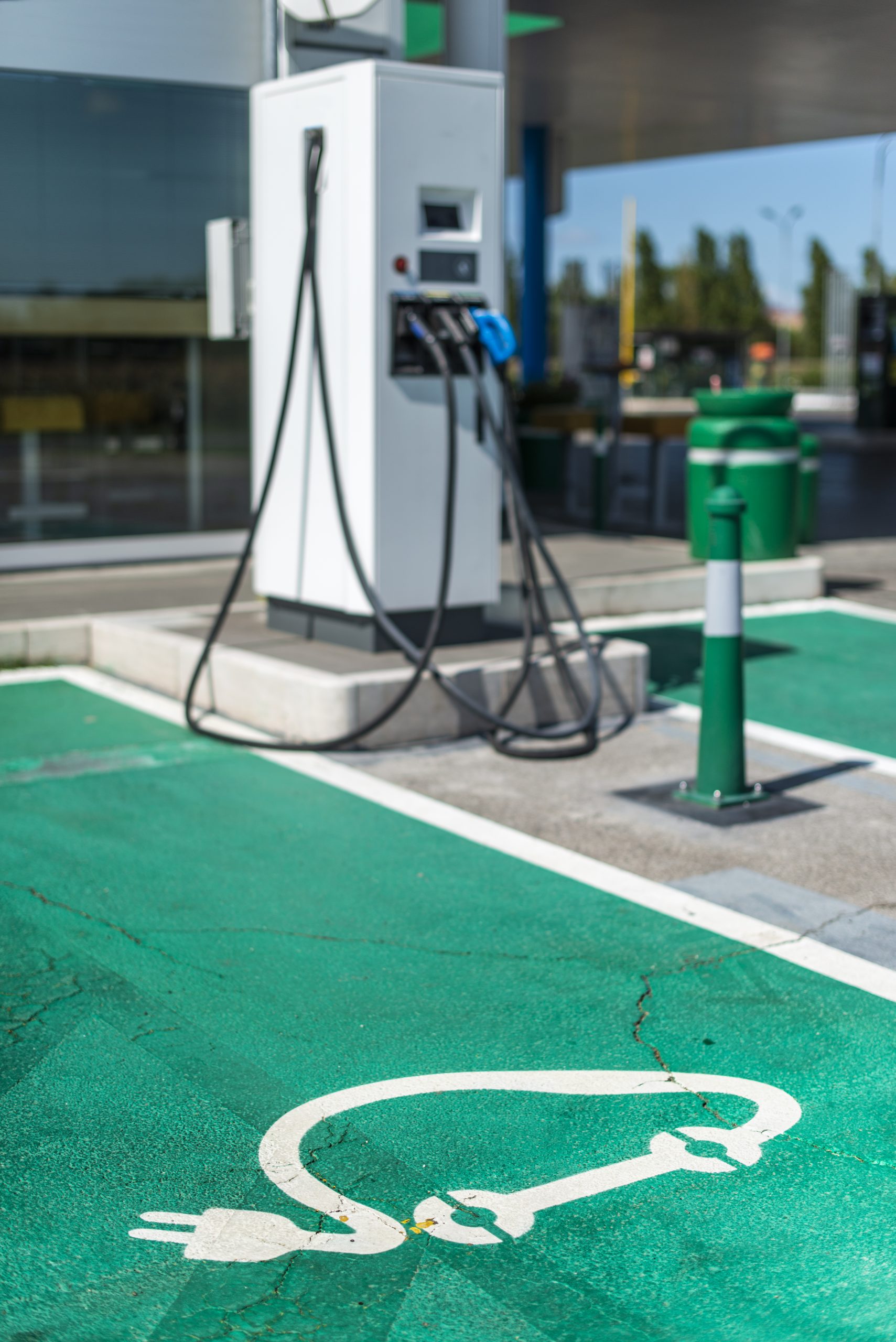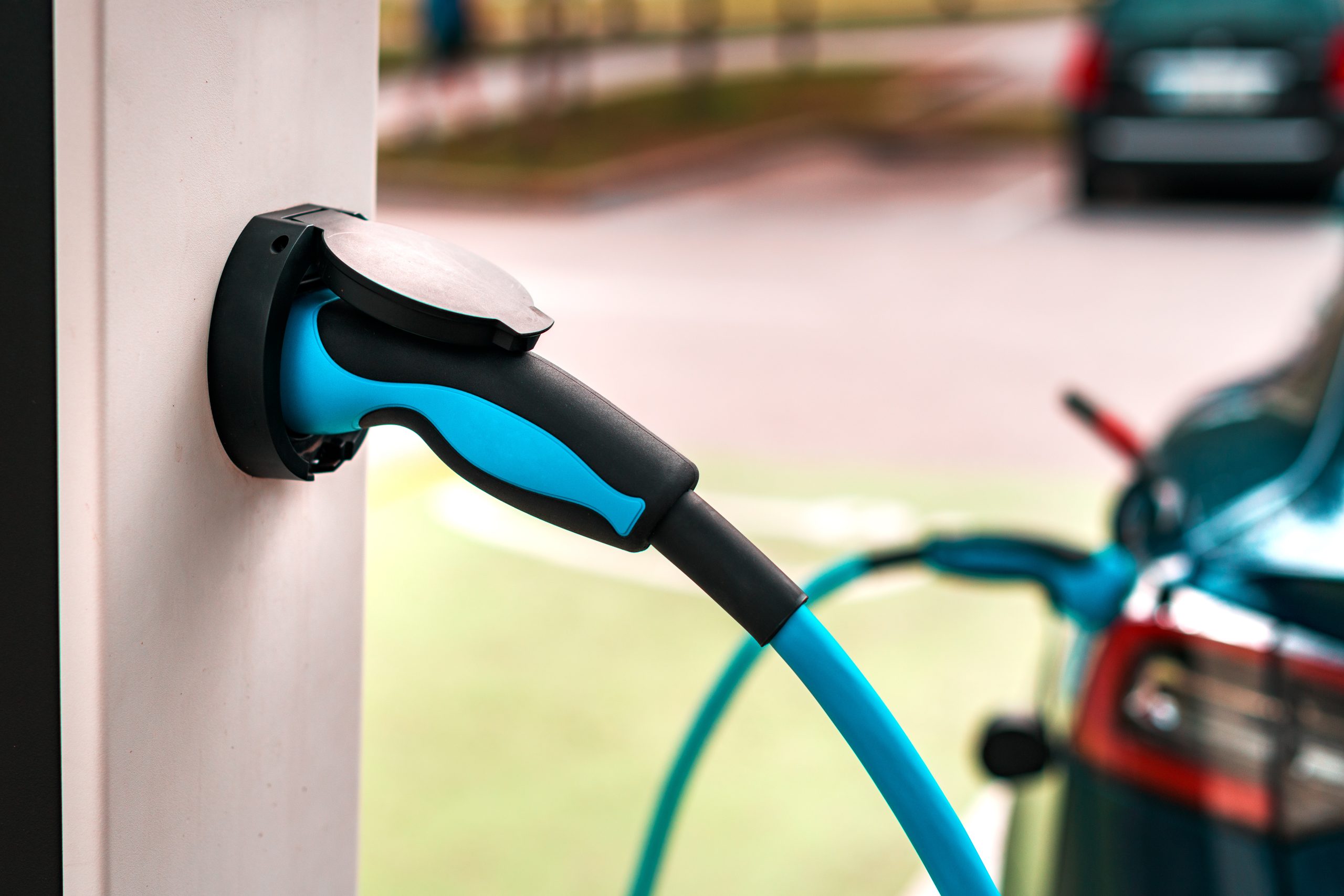Pros & Cons of Tethered & Untethered EV Chargers
One of the decisions EV owners need to make when installing an EV charger is whether to install a tethered or untethered home charger. Let’s cover the differences between the two types as well as the pros & cons.
A tethered home charger has a cable built into the unit, and you plug it into your car at the other end. Meanwhile, untethered chargers are designed to be used with a cable that has a plug on both ends, like the one that comes with most new electric cars. You simply plug one end into your car, and the other into the charger itself.
DIFFERENCES BETWEEN TETHERED AND UNTETHERED CHARGERS
There are several differences between tethered and untethered EV chargers. One of the main differences is convenience. With a tethered charger, the cable used to charge your electric car is permanently fixed to the device. When you want to charge, you park up, retract the cable from the tethered EV charge point, and connect your EV. This means you don’t have to worry about carrying a charging cable with you, and you won’t misplace it. On the other hand, untethered cables are typically stored in boots or garages, and you need to connect the charger to both your charge point and vehicle.
Another difference is theft protection. Tethered EV home chargers provide an added layer of theft protection to your home EV charger compared to untethered EV home chargers. This is because the cable is permanently fixed to the device, making it more difficult for thieves to steal. However, it’s worth noting that there are other security measures you can take to protect your EV charger, such as installing security cameras or using a lockable cover.
Finally, there’s the issue of tidiness. When charging at home, you want your charging point to look as neat and tidy as possible. With a tethered charger, the cable is generally neatly tucked away inside the device, giving your charging point a cleaner look. With an untethered charger, the charging cable is easier to lose, and it can get dirty, wet, or damaged from constant inside/outside use. Some chargers have catered for this by adding various clips to accommodate the charging cable. If the look and style of your charger on your home wall is important, checking the design of the untethered EV charger is important prior to installation.
PROS AND CONS OF TETHERED CHARGERS
Advantages of Tethered Chargers
Tethered chargers have some advantages that make them a popular choice for EV owners:
- Convenience: A tethered charger comes with a cable that is permanently attached to the unit. This means that you don’t need to carry around a separate cable or worry about misplacing it.
- Cable Storage: Due to the charging cable being permanently attached, they generally have a better design for cable storage on the unit itself.
Disadvantages of Tethered Chargers
While tethered chargers have some advantages, they also have some disadvantages:
- Flexibility: A tethered charger cannot change the cable type so your cable will only be compatible with that type of connector. In the UK the vast majority of EVs require a type 2 connector. So generally tethered EV chargers will come with this cable as standard.
- Appearance: The cable attached to a tethered charger can be unsightly and may detract from the appearance of your home or garage.
- Cost: Tethered chargers are generally more expensive than untethered chargers because they have the charging cable already added. However, if you don’t already have a charging cable then factor this into the cost when looking at tethered or untethered EV chargers.
PROS AND CONS OF UNTETHERED CHARGERS
Advantages of Untethered Chargers
Untethered chargers are designed with a socket that allows the user to plug in their own charging cable. This means that the user has the flexibility to use a cable that suits their needs, and can easily replace the cable if it becomes damaged or outdated. Some advantages of untethered chargers include:
- Flexibility: Users can choose the length and type of cable that suits their needs.
- Cost-effective: Users can purchase a separate cable for each vehicle, rather than having to buy a separate charger for each vehicle.
- Easy to replace: If the cable becomes damaged or outdated, it can be easily replaced without having to replace the entire charger.
Disadvantages of Untethered Chargers
While untethered chargers offer flexibility and cost savings, they also have some disadvantages that should be considered:
- Less convenient: Users need to bring their own cable and plug it in every time they want to charge their vehicle.
- Potential compatibility issues: Not all charging cables are compatible with all vehicles. Users need to ensure that the cable they choose is compatible with their vehicle.
- Increased risk of theft or damage: If the user brings their own cable, there is a risk of theft or damage to the cable.








